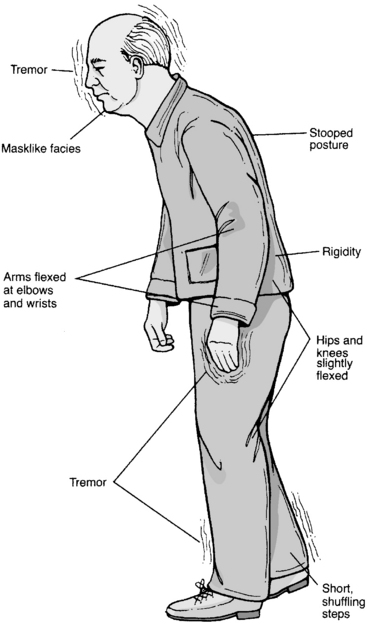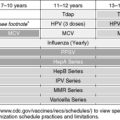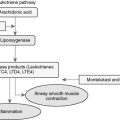CHAPTER 14 Geriatrics

Figure 14-1 Signs and symptoms of Parkinson’s disease.
From Monahan FD, Drake T, Neighbors M: Nursing care of adults. Philadelphia, 1994, Saunders
PATIENT PROFILE
Allergies: No known drug allergies (NKDA)
History of iron-deficiency anemia, no longer treated
Frequent urinary tract infections (UTIs)
Laboratories at last medical appointment:
Liver function tests: within normal limits
CBC and differential: within normal limits
Urine: clear, no bacteria or protein
Alcohol use: None in recent years
Lodine XL 400 mg PO once daily
Hydrochlorothiazide 12.5 mg PO once daily
PATIENT PROFILE QUESTIONS
REVIEW QUESTIONS
(Answers and Rationales on page 361.)








